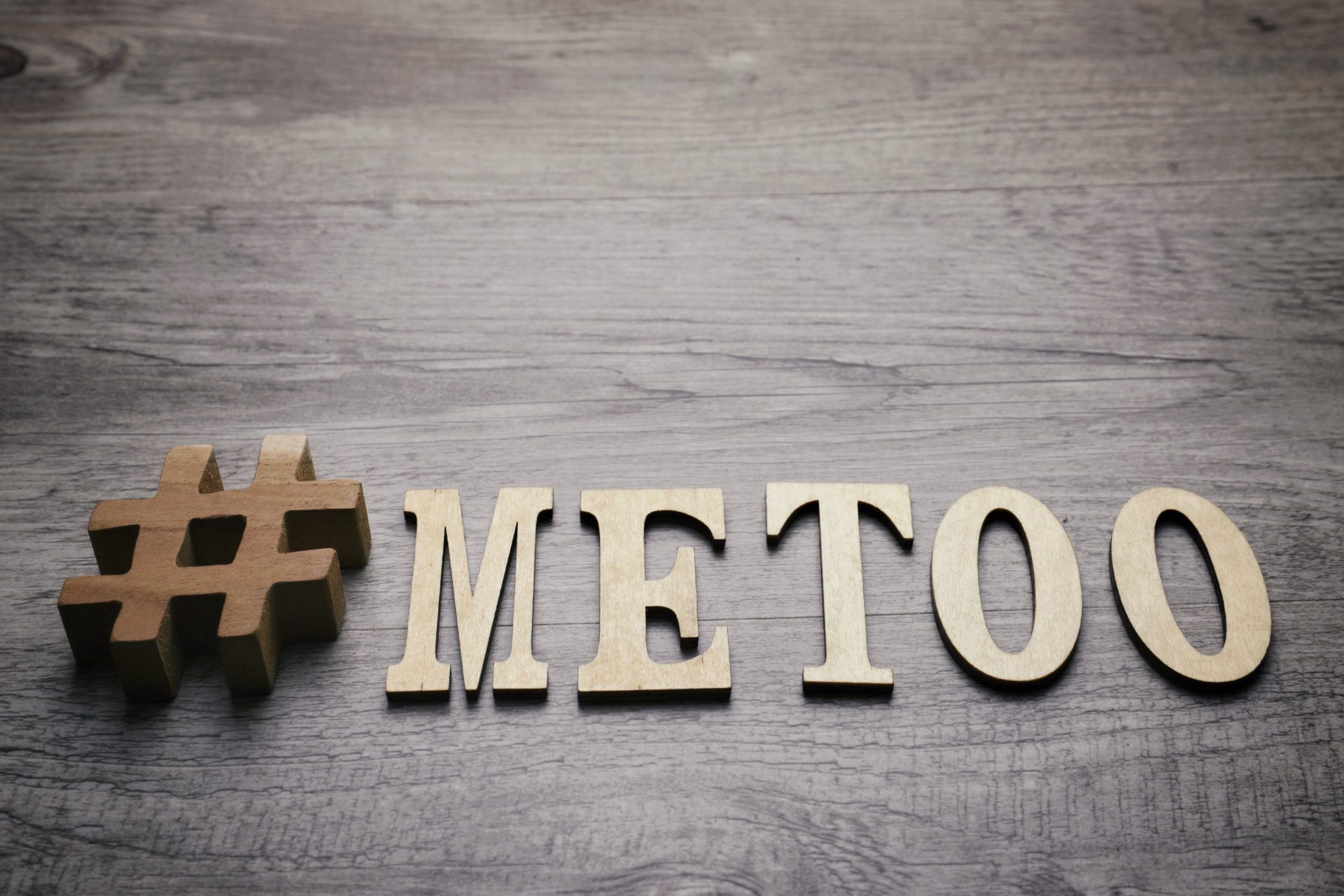Defining domestic violence to better spot it

Whether we have been through it ourselves, are told about it or are witness to it, domestic violence (DV) often remains difficult to spot. Yet it is very widespread - given the number of recorded cases in recent years - and is often minimised or even trivialised. Why is this so? Most often because the topic is still prey to stereotypes and preconceived ideas.
Domestic violence in figures
Today in France, 1 in every 10 women is a victim of domestic violence, a proportion that climbs to 1 in 7 amongst women aged below 25. Young women are particularly affected: of the 213,000 women who are victims of physical or sexual violence by their spouse or ex-spouse, 29% are aged 18 to 29. In Europe, domestic violence is the leading cause of death among women aged 18 to 44, ahead of cancer and road accidents. Being young and being a woman are factors associated with increased likelihood of being a victim of DV, along with others such as already having suffered trauma, an accident, an assault or more generally going through a difficult period in life. Indeed, certain periods of life can make us more vulnerable to a malicious aggressor.
These numbers may surprise you and might not seem to correspond to the reality around you. Therefore, to better understand them, it is important to understand what domestic violence is, how it works and how it can take hold.
What are the different forms of domestic violence?
The World Health Organization defines domestic violence as "any behaviour within an intimate relationship that causes physical, sexual or psychological harm. This includes acts of physical aggression, forced sexual relations, psychological violence and any other act of domination.
As indicated in this definition, violence can take many forms. It can be of the psychological, verbal, sexual, economic or administrative kind. It can also take the shape of online bullying or digital abuse. Although physical violence is often the most visible type and is the form of violence that is most likely to be punished, it never really takes place on its own. Almost systematically, physical harm occurs alongside other forms of domestic violence. Its other facets are more difficult to observe, such as psychological and/or sexual violence, or less well-known, such as economic or administrative violence. The former consists, for example, of depriving a person of their financial resources (in whole or in part) whilst the latter is the confiscation of their identity papers.

Behind domestic violence lies an ability to exert control over someone
Psychological violence precedes physical violence. However, both kinds must be considered as part of a system, a trap, that closes on a victim. In The frog that didn't know it was cooked, Olivier Clerc teaches that us if you "plunge a frog into a boiling pan it will escape. Put it in cold water and heat it up slowly: it will get used to the increase in temperature and remain put until it is too late”. He uses this analogy to describe how people who commit acts of violent behaviour gradually begin to exert control over their victims.
Control is a system of domination that is characterised by a relationship whereby one person (always the same one) will seek to dominate the other in order to satisfy their own desires and in spite of the harm it causes to the other party.
An imbalanced relationship will gradually take hold. Several phases will then follow. First, a seduction phase, in which the aggressor will cast themselves in their best light and stick to the desires and expectations of the other. This is called the appropriation or honeymoon phase: the objective is to please and win over their partner.
Then, the abuser will implement various strategies to assert their domination. They will instigate this in small, subtle ways - which will intensify over time. The abuser will create a climate of insecurity and confuse the other person, typically by communicating false or contradictory information. They will also belittle and gaslight their victim, making the latter bear responsibility for any kind of violent behaviour. However, and this is important to remember, a person is never responsible for the violence they suffer. Additionally, the aggressor will manage to keep the situation a secret, by preventing the victim from speaking to third parties - and by casting themselves in their best light when in public.
These strategies are so effective that they will enfeeble the victim and force them to adapt to their abuser (including their behaviour, thoughts and values) in order to survive and prevent violence from escalating. At this stage, friends and loved ones can be under the impression that the victim has changed and can no longer think for themself. In fact, the victim feels psychologically exhausted and has difficulty understanding what is happening. Third parties are important, even essential, at this stage because they can help the victim understand the effects of the relationship and provide them with the necessary support to break out of it: this is why it is essential that healthcare professionals, along with the wider public, understand the mechanisms of violence and the strategies put in place by the aggressor.
Domestic violence: a vicious cycle

The first acts of violence come after a honeymoon period. Faced with the danger and the physical and/or psychological threat this represents, the victim may quickly find themself in a state of dissociation. As a survival strategy, the brain goes into a kind of standby mode, but this also prevents the victim from thinking of how to escape. The other consequence is that this state leads to an increased tolerance of violence and a lack of awareness of it. At this stage, the abuser exerts full control over their victim.
The cycle follows a pattern: a honeymoon phase, followed by tension building, then an aggression and, finally, a phase of justification. This is part of a never-ending loop that strengthens the abuser’s hold over their victim.
During the honeymoon period, everything seems to go well. Then comes the tension building phase. Using pretences, the abuser begins to belittle, humiliate and criticise their partner, starting with small, very discreet steps. The victim begins to constantly worry about the abuser’s reaction, which is why they develop strategies to keep the other person happy and calm. They become more careful with regard to their own behaviour and the words they use to avoid upsetting their partner.
Then comes the aggression phase where the partner lets his violence explode. They may give the impression that they are losing control, when in fact, they are taking control of the person. The victim then feels sadness, incomprehension and sometimes anger. It is at this time that the victim may feel like leaving the relationship. To prevent this from happening, the justification and accountability phase follows.
During this phase, the aggressor will very quickly apologise while minimising their acts of violence: "Look what you are making me do, it is because I love you too much". The guilt that the aggressor does not feel is passed on to the victim. The latter, being regularly exposed to bouts of violence, loses their bearings completely: doubting their feelings and perceptions, feeling that they are going crazy and that it is their own behaviour that has generated this aggression. They then experience an intense feeling of guilt about their partner's behaviour as well as their own suffering.
Last, the abuser reverts to the honeymoon phase by pretending to be charming, such as by offering gifts, or even the promise of a fresh start. This phase will be less useful once control over the victim has been fully established, since the latter will think that there is nothing they can do to get out of this situation.
There are multiple obstacles to victims escaping their abusers
In addition to these psychological mechanisms, material and financial realities make it difficult to escape violent partners. Often rendered financially dependent, victims may have difficulty finding a new home, being financially independent or even holding onto the custody of their children... In addition to this, exists the very real threat of further aggression by the abuser. Indeed, victims of domestic violence fear reprisals for trying to escape, and rightly so : according to a survey, 79% of women who had suffered from intimate partner violence said that they were still subject to some kind of violence after the break-up, even if it took place more than 5 years ago. Moreover, the context of separation is one of the most common denominators of feminicides in France.
In addition to the human and healthcare problems caused by domestic violence, there are economic consequences too. In 2012, the cost of domestic violence in France was estimated at nearly €3.6 billion, taking into account direct medical and legal costs, the cost of work stoppages for both perpetrators and victims, along with the cost of child welfare (for children in care, for example). Furthermore, it is also important to lift the veil on the social problem that domestic violence poses - its extent and the difficulties in dealing with it should give us food for thought... It is urgent to act to put a stop to it and to fight against its consequences.
Recent events have lifted several taboos on domestic violence
Since its emergence in 2017 in the aftermath of the Harvey Weinstein affair, the #MeToo movement has brought unparalleled levels of attention to domestic violence. By opening up about their experiences, these women encouraged other victims to speak out on social media using the #Metoo hashtag. The phenomenon quickly gained momentum, first in the United States and then worldwide. In turn, thousands of women denounced acts of violence of which they had been the victims.
Until then, the issue of gender-based and sexual violence had long been considered as an intimate, interpersonal problem between two people. Yet, with the #MeToo movement having revealed how widespread gender-based and sexual violence is, it is now perceived as social disease, which affects all parts of society and people of all socioeconomic backgrounds.

#MeToo hasn’t just made thousands of women's voices heard. It has also made people far more attentive to victims of domestic and sexual violence. In order to take aggressors to trial, their victims must first be able to speak out. But that is not enough: they must also be heard. Violence is still too often trivialised, particularly because of the stereotypes that surround it.
In the case of domestic violence, there are many collateral victims. One thinks first and foremost of a couple’s children. Yet, the personal and work environments are also affected. Indeed, 1 in 2 victims are working employees. It is also the place where a victim is likely to spend the most time. Domestic violence therefore has consequences, such as a drop in productivity (due to difficulties in concentrating at work or owing to repeated absences) and a deterioration in the work atmosphere.
What companies can do to protect victims of domestic violence
Firms and employers have a sizeable role to play in protecting victims of domestic violence. An employer's efforts to help victims contribute not only to improving the daily lives of employees, but also their productivity at work and, ultimately, their performance. As such, building awareness in the workplace is fundamental, especially as it is often, paradoxically, a place where victims can take a breather – almost becoming a haven.
It should also be remembered that firms are subject to several legal obligations, such as ensuring the health and safety of their employees, which compels employers to implement measures to prevent whatever hazards employees are likely to encounter in the course of their work. Domestic violence can take place in the workplace or when working remotely, amongst employees, and during work hours. Firms must also protect their employees against sexist behaviour, sexual harassment, and bullying. Finally, and most importantly, in 2019, the International Labour Organisation asked its member states to recognise the effects of domestic violence and to mitigate its impact in the workplace. France being a member of the organization, future legislation is likely to oblige employers to take this risk factor into account.
If you are a victim or witness of domestic violence, you can contact 3919.
If you are in danger, contact the police on 17 or 114 by SMS

Marie-Sixtine Bergeret
Clinical psychologist and EQUILIBRES consultant

